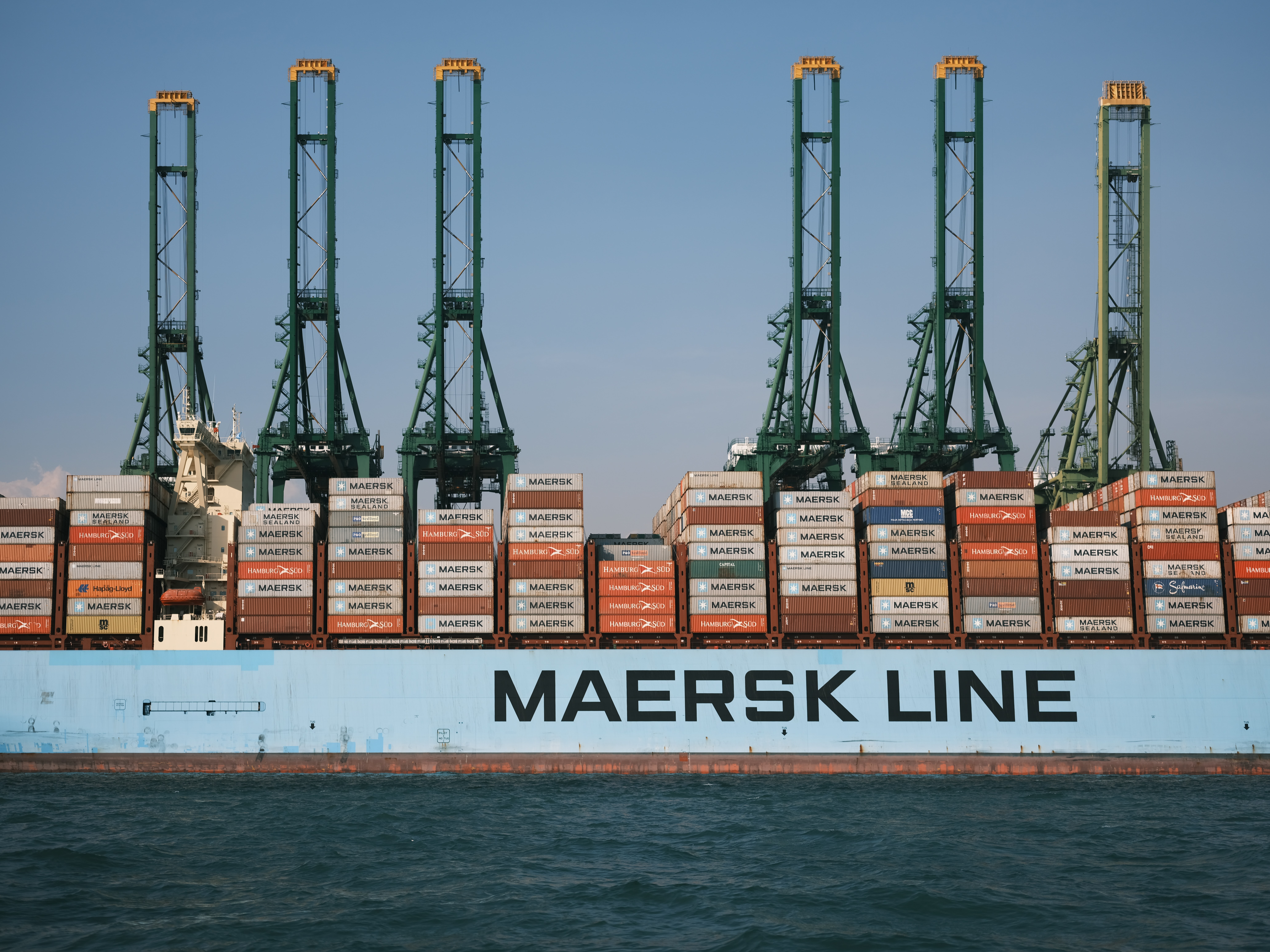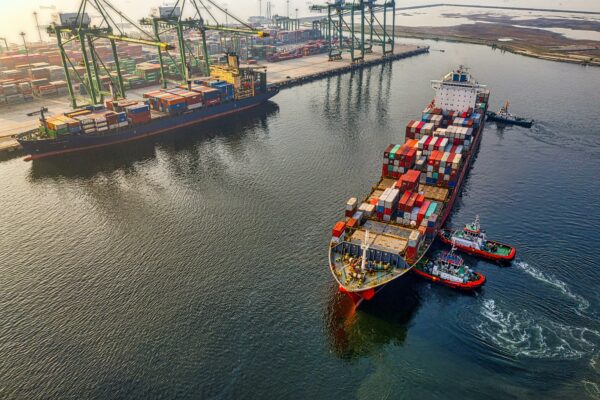Ocean Deep Dive March 2023: 5 Things You Need To Know
Mar 20, 2023
Scroll to find out more
Mar 20, 2023
Scroll to find out more

Closing out the first quarter of 2023, the economic uncertainty that has shaped the shipping market all year continues. While low rates have been a boost for cash-strapped shippers, there comes a point where carriers and businesses are going to have to make some tough calls regarding pricing, commitments and strategy.
As we see some of these plans take shape in the market, we once again sat down with Richard Fattal, Zencargo Co-Founder and CCO on our podcast Freight to the Point to examine what’s next in the shipping market and how businesses can protect their interests going forward.
With Chinese New Year having been and gone, all eyes were on trade volumes to see if, and to what extent, demand was returning. The answer so far seems to be: not enough.
This demand imbalance continues to exert downward pressure on shipping rates as the amount of cargo emanating out of the far East falls short of supply. Given the extent to which key East-West trades on Asia, Europe and the Trans-Pacific influence other trade lanes, in terms of equipment, capacity and pricing, trades where pricing had held up are now starting to slip.
‘The market over the past two to four weeks is down over 10% and we’re now seeing levels that are more in the context of pre-COVID than anything else that we’ve seen’, explains Richard.
Over the course of the pandemic, the major carriers gained a reputation for acting to manage demand with speed and precision, blanking sailings en masse to maintain pricing in the face of fluctuation volumes. However, recent reports indicate a distinct caution in the way that lines have faced the current challenges.
In the beginning of the pandemic period, an effective 10% reduction in demand was met with a more than 10%, actually as high in some cases as 20% reduction in capacity.’ says Richard. ‘What we’ve seen over the past few weeks is the carriers reacting to a 10% reduction in demand with anywhere between a five and 10% reduction in capacity, on a like-for-like basis.’
Potential explanations for this could be:
Negotiations continue between the Longshore and Warehouse Union on the US west coast, with increasing pressure to complete the new contract negotiations. The US has seen a major shift of volumes from the west to the east coast in recent years. While much of this was due to the historic congestion seen on west coast ports due to pandemic disruption, the spectre of potential labour union issues and strikes is clearly doing little to reassure shippers.
Breakdowns in the negotiations would spell more disruptions and port congestion, and potential relocation of warehouses as players seek a diversified East-West strategy. While no disruptions are expected over the coming weeks, it may well impact long term planning for agile minded businesses.
As we covered in last month’s deep dive, one of the biggest shake ups in the market has come from the announced split between the 2M alliance, Maesrk and MSC. With new announcements, we’re getting a clearer picture of how the two ocean giants are planning for a post-alliance world.
MSC has moved to reinforce its position as a standalone carrier, including:
‘These are markets that macroeconomic players are looking at with an eye to Chinese trade to the US being substituted into India, I think that talks to MSC being excited about that trade.’ says Richard.
Meanwhile, Hapag-Lloyd closed one of its own loops from the far east into Europe and entered into a slot sharing agreement with CMA, indicating a broader reshaping of carrier and alliance dynamics. For now, there is reason to be optimistic. ‘The advantage of an alliance slot sharing agreement is stability on certain loops that provide regular service, point-to-point. The advantage of a more fragmented market is that you have a lot more niche opportunities and different service options from different carriers.’ says Richard.
While shippers have enjoyed a respite from the nosebleed rates during the pandemic, Asia-Europe and Trans-Pacific trades are currently at start to look unsustainable for carriers in the long term, although they may stay at unsustainable levels for periods of time as lines attempt to hold on to customers.
We do think that carriers will be adopting, let’s say, more aggressive strategies to try to restrict capacity given where rate levels have got to.’ warns Richard. ‘At the same time, cargo will eventually come back due to restocking later in the year, though current forecasts look like the real pickup is not going to be until the second half of the year for the moment.’
While more capacity is coming into the market over the next two years, now may be the opportune moment to source a longer-term rate. By offering stability to the service provider as they look for set volumes, shippers can lock in a certain level of cost of goods sold and stable service over the coming 12 months.
However, that doesn’t mean that shippers can forget diversification. As carriers look actively manage capacity, shippers counting on regular sailing schedules or secure lead times may need backup strategy for sensitive cargo.
‘Diversification starts with your contracting strategy. While carrier reliability is up and lead times are down, a more diversified strategy can protect against the realities of a market where there are a lot of blank sailings.’ summarises Richard.
In a volatile market, shippers need to use the tools at their disposal to create certainty on costs, service and forward planning. By setting in place the right relationships, technology and strategies, businesses can build processes ready to ride the restocking wave come the second half of the year.
Zencargo is the partner for some of the world’s fastest growing brands, helping customers navigate uncertainty and control their costs to plan for long term success. With our network of leading carriers and best-in-class local logistics partners, we offer more flexibility and control, backed up by end to end visibility through our award-winning supply chain platform.
To find out more about how the right technology and support can excel your business this year, book a consultation with one of our team today.

If you’re looking for a partner who can support you through 2024, and beyond, w...

Last updated: Monday 3pm BST On Friday 19th July, an unprecedented global issue...
